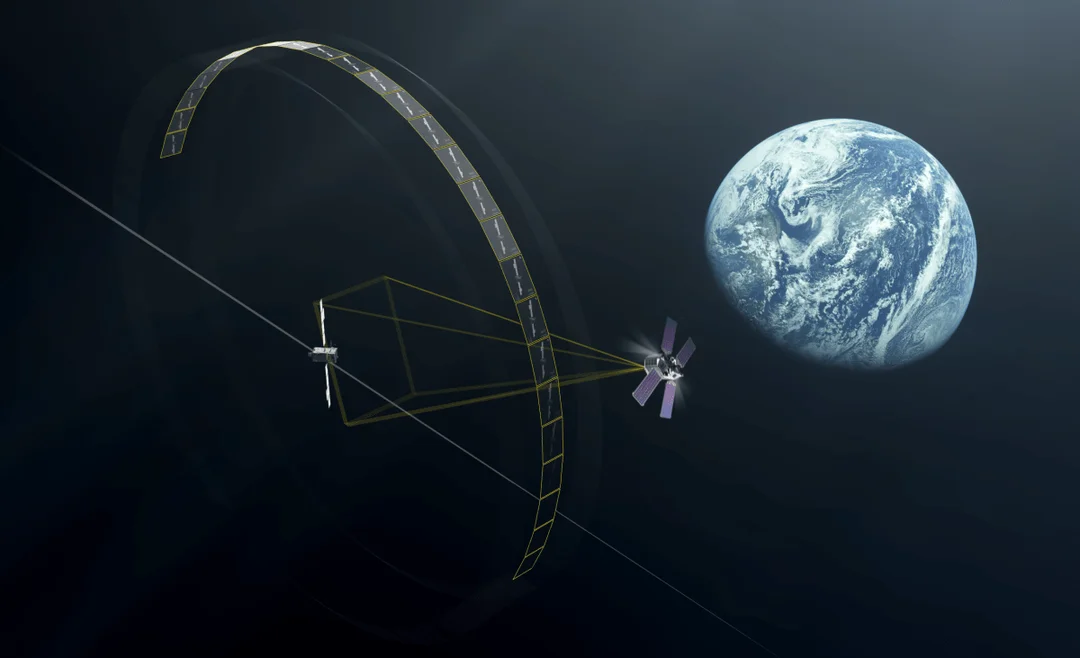
Spacecraft Autonomy: Overcoming Conservatism for the Next Space Revolution
While the roar of rockets and launch capabilities often grab headlines, a quiet revolution is brewing in the vast expanse of space: spacecraft autonomy. The development of self-reliant spacecraft, akin to self-driving cars in orbit, promises to reshape how we explore and utilize the cosmos. But why is this crucial technology lagging behind, and what will it take to unlock its full potential?
The current hesitation stems from a deep-seated risk aversion within the space industry. With missions costing hundreds of millions of dollars, failure is simply not an option. However, Justin du Plessis, Attitude and Orbit Control Systems Lead at Space Machines Company, argues in SpaceNews that this cautious approach is becoming unsustainable in the rapidly evolving space economy.
Why Current Operations Don’t Scale
Traditional spacecraft Rendezvous and Proximity Operations (RPO) rely on constant communication with ground control. This creates challenges, especially in Low Earth Orbit, where communication windows are limited to brief periods every 90 minutes. Maneuvering at seven kilometers per second leaves zero room for error. The industry’s current solution? Expensive satellite communication relays and 24/7 teams of engineers. This is simply not scalable for the future era of constellations involving hundreds of satellites working in unison.

Learning from Past Failures
According to Justin du Plessis, the inherent risk aversion is understandable. NASA’s 2005 Demonstration for Autonomous Rendezvous Technologies mission failed to meet its goals, reinforcing conservative tendencies. Most current approaches focus on incrementally testing components rather than implementing fully autonomous solutions. Companies manually guide spacecraft to predefined positions before cautiously testing capabilities in controlled environments.
The Path to True Autonomy
Creating truly autonomous spacecraft demands mastery of several critical functions without constant human supervision. These include path planning by autonomously calculating fuel-efficient orbital transfer routes, target identification by detecting and identifying objects from tens of kilometers away, visual navigation using onboard cameras, and proximity operations with safe maneuvers. Error correction capabilities also are crucial for independent course adjustments.
Breaking the Cycle of Conservatism
The space industry is at an inflection point where operational demands are exceeding traditional control methods. Autonomy is shifting from luxury to necessity. Rigorous ground testing, replicating space conditions, and incremental in-space validation are crucial steps.
Universities, like the University of Sydney’s Australian Centre for Robotics and the University of Adelaide’s Australian Institute for Machine Learning, are already contributing significantly to this transition. Sharing intelligence across borders and bringing university research into the hands of aerospace companies and startups will drive innovation.
The Autonomous Future
Autonomous spacecraft will dramatically reduce costs, enable new mission profiles, and potentially increase reliability. As space becomes increasingly commercialized, the economic imperatives for autonomy will only grow stronger, states du Plessis.
The future of space operations is undoubtedly autonomous. The question is: who will lead this transformation and how quickly can they overcome the industry’s inherent conservatism?
What are your thoughts on the role of autonomy in the future of space exploration? Share your perspective in the comments below!